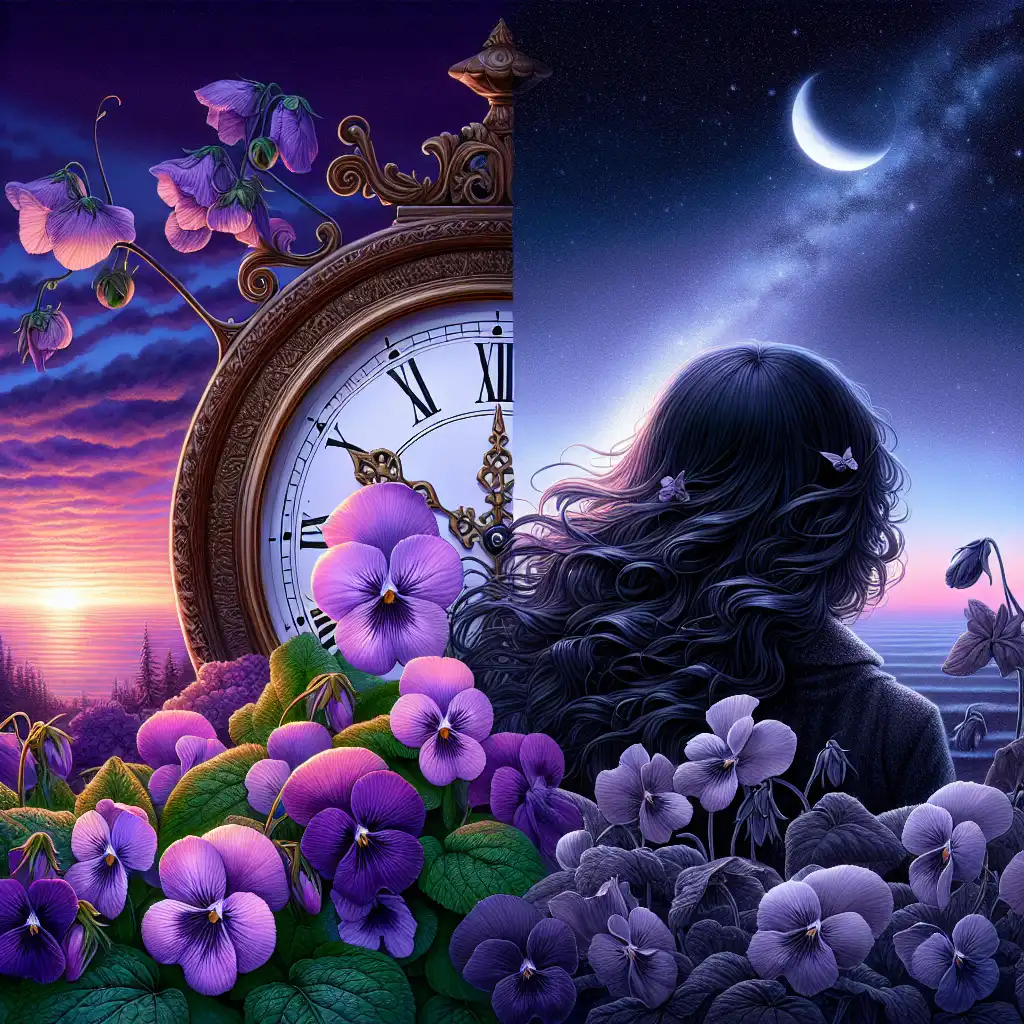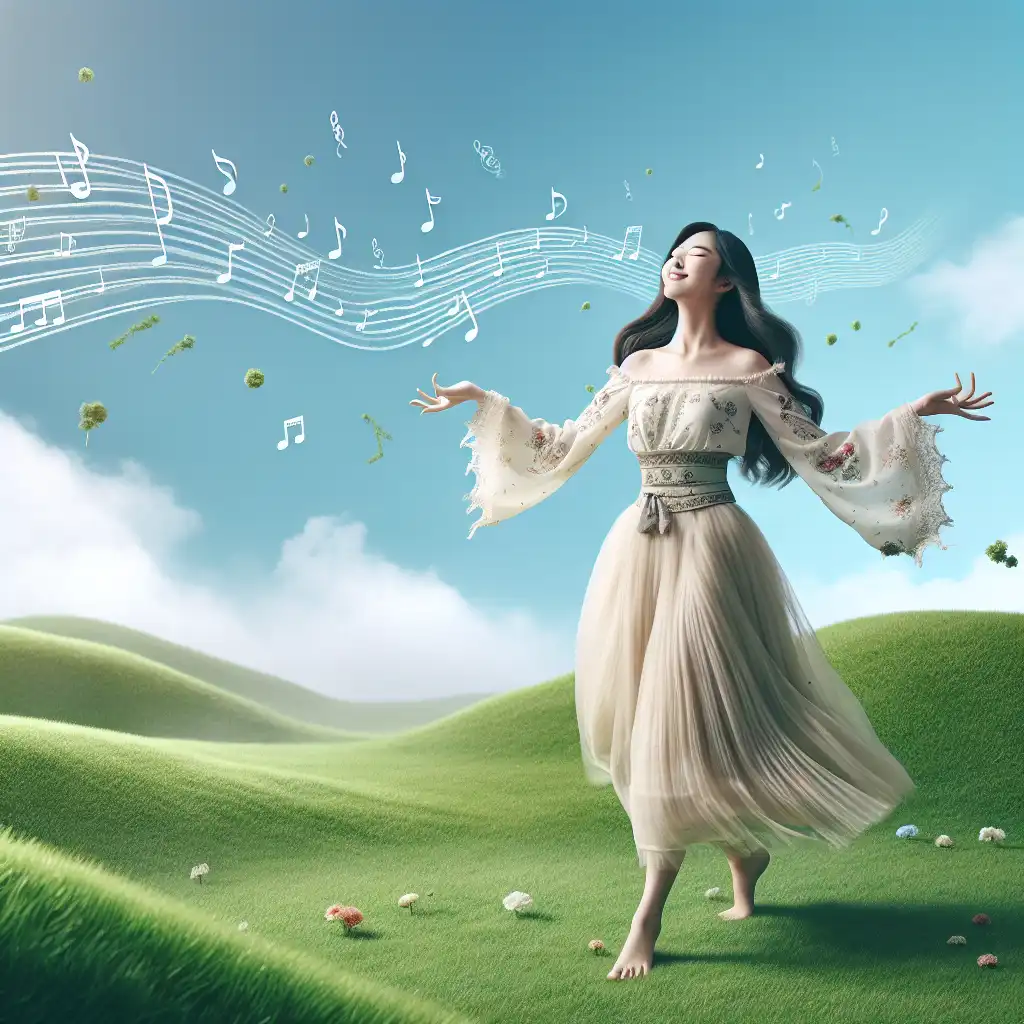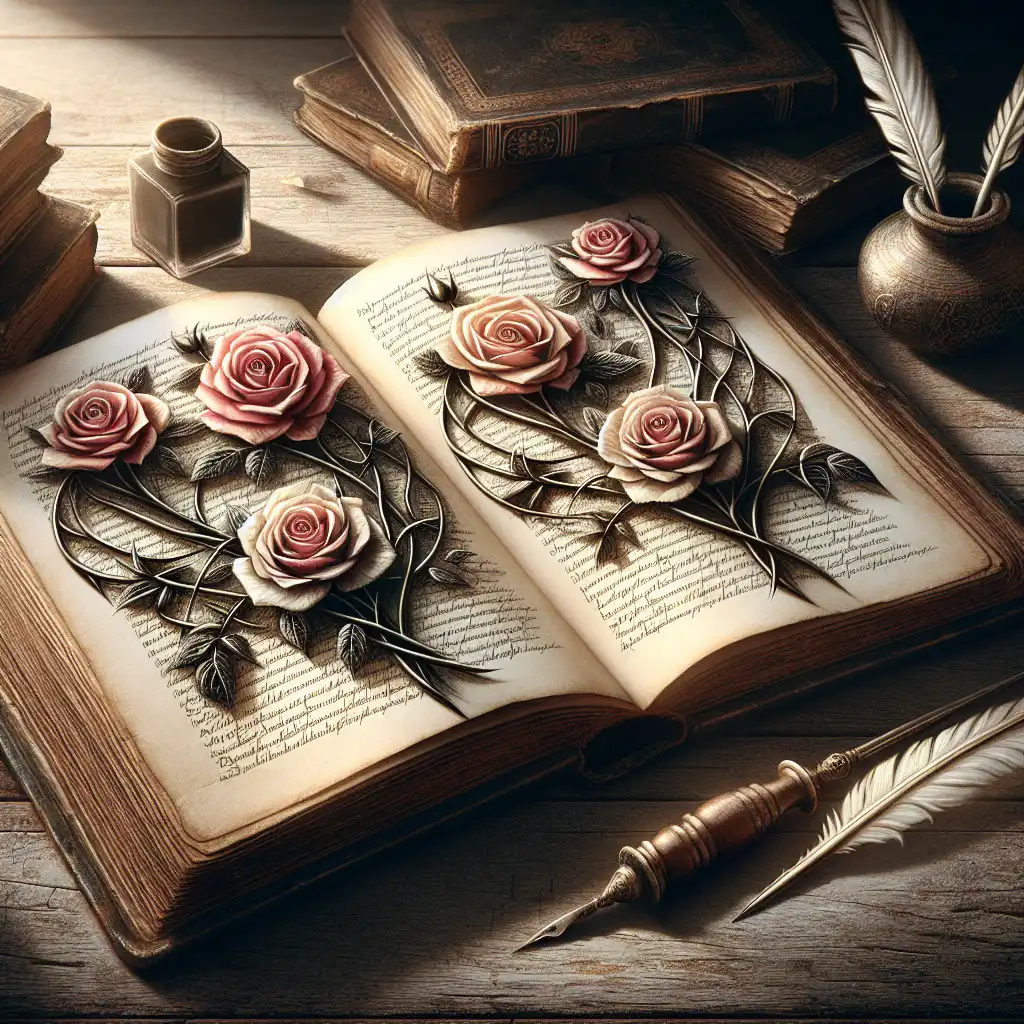
Quatrain
Rhyme Scheme
Quatrains often follow a rhyme scheme such as ABAB where the first and third lines rhyme, and so do the second and fourth.  In the quatrain, 'When I do count the clock that tells the time, / And see the brave day sunk in hideous night; / When I behold the violet past prime, / And sable curls all silvered o'er with white.'
In the quatrain, 'When I do count the clock that tells the time, / And see the brave day sunk in hideous night; / When I behold the violet past prime, / And sable curls all silvered o'er with white.'
Rhythmic Patterns
Quatrains can have varied rhythms, typically following stressed and unstressed syllables.  The quatrain 'To dance upon the soft green grass' has a rhythm that you can tap to.
The quatrain 'To dance upon the soft green grass' has a rhythm that you can tap to.
Literary Context
Quatrains are used in many famous poetic forms, including sonnets and ballads.  Shakespeare's sonnets are made of three quatrains followed by a couplet.
Shakespeare's sonnets are made of three quatrains followed by a couplet.